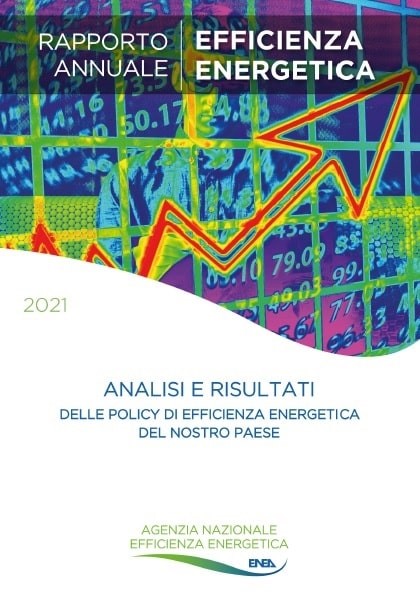[11.02.22] Blog-Energy poverty indicators and Italian social economic context
By Lorenza Daroda, ENEA
We might be surprised of how energy poverty indicators have started to carve out a significant role in statics only in very recent years, although their strategic importance emerges for the comprehension of the economic and social conditions of a given territory.
In fact, its definition should be enough to understand its importance. Those families, or individuals, that are unable to procure a minimum basket of energy goods and services end up in energy poverty. And the consequences of this condition, which is much more widespread than many believe, are negative both in relation to the level of well-being, as regards to the social inclusion of those affected.
Considering that energy poverty affects millions of families in Italy, even ENEA has dedicated an entire chapter of the latest report presented in 2021 on Energy Efficiency, to the characterization of energy poverty.
And so, given the close and complex link between general poverty and the state of deprivation with respect to a minimum basket of energy goods and services, ENEA outlined the possible consequences in terms of energy poverty.
Although, apparently, the COVID-19 pandemic has not had repercussions in a divergence in the share of energy, it is legitimate to expect a surge for 2021 if imbalances due to inflationary trends in energy commodities, will be recorded. According to the 2019 data released by ENEA in the Annual Energy Efficiency Report 2021, at a territorial level, there are imbalances between north and south of Italy, the same measured for other socio-economic parameters.
The regions of Southern Italy are the most affected with energy poverty rates ranging between 13% and 20%. On the other hand, the regions of the Center-North show significantly lower percentages than the national average.
In addition, taking into consideration the specific characterstics of families, from the ENEA analysis it emerges that, the most numerous families, and those families living in smaller houses, suffer from a condition of relative disadvantage. And the study emphasizes that the apparent exacerbation caused by energy poverty is also due to problems arising from social inequalities that should not be underestimated.
It is also clear that, as the number of members of the families increases, women households – who often suffer from salary differences compared to men, and are also the more involved in domestic duties – are the households that run a greater risk to fall int energy poverty.
In the case of singles, energy poverty rates are around 5.5% for both men and women.

